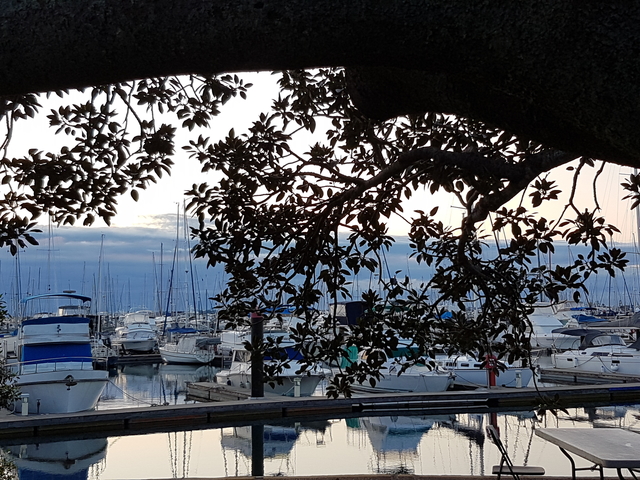In an interview with Tami Simon, Goldie Hawn explained why she has developed a 10-year habit of meditation and the benefits she gains from this practice. The interview is one of a series of podcasts, titled Weekly Wisdom, available free from Sounds True.
Goldie was introduced to meditation when she was challenged by her quick success – in a direction she had not planned to go career-wise, as she had intended to be a dancer and ended up as a famous actress.
This new-found and unexpected fame put a lot of pressure on her and resulted in continuous anxiety. Her initial challenge was to live up to the expectations of her fans and the carping criticisms of her critics.
Expectations of others can create enormous pressure on anyone who is highly visible in any sphere of life. Yesterday, for example, I watched live a soccer match between AC Milan and a lesser ranked team at the former team’s home ground. The expectations of the thousands of AC Milan’s fans were very loud and clear. They clapped any show of skill of their own team, but were hyper-critical of any mistake particularly where a player lost possession of the football to the opposition. Their critique was vocal and expressive and left no doubt as to their displeasure.
Others’ expectations can be a very real stressor in the life of a famous person as it was in Goldie’s early career. It can also be a stressor in our own lives – the unrealistic expectations can come from parents, in-laws, children or peers.
People think they know you and project onto you capabilities they think you have, along with the expectations that go with their assumptions. It is not only the adoring fans who create this expectation stress, but critics who can often revert to cruel, unkind and unfounded criticisms. So it is easy to lose your way and to lose who you really are.
For Goldie, a key benefit of meditation was to achieve separation by finding her true self, not an image projected by others. She was able to know herself deeply through meditation so she was not caught up in the never-ending trap of trying to live up to others’ expectations. She not only realised what Meng had explained – that you are not your thoughts or emotions – but also that you are not the projection of others’ thoughts and, sometimes, needy emotions.
in finding out who you really are at a deep level, you achieve a groundedness and a strong sense of self-worth that is not captive to the expectations or opinions of others, whether fans or critics. Achievement of this inner calm and solidity is a lifetime pursuit through meditation and mindful practice.
However, as Goldie explains, the starting point is to overcome the fear of exploring your inner self – of gaining insight into you own inner landscape and who you really are. This can be really scary but the benefits are enormously rich and empowering. The challenge, in her terms, is to explore “the Univerity of You”.
As Goldie explains, the benefits of meditation are deep, profound and life-changing because you are able to experience inner calm and clarity when you begin to realise that you exist independent of other peoples’ expectations of you:
…what I was experiencing then was obviously peace, a sense of calm, and an amazing ability to become more of a witness, rather than engage in things that actually I could not change. That was one of the, I would say, very positive effects of meditation for me.
… Beginning to separate that is really important, I think, in terms of where we go in life and how we help ourselves become more clear and more able to make much, much better decisions, when we take ourselves out of the centre of it.
As we grow in mindfulness through mindful practice, we gain a deep insight into our real selves and are able to achieve this separation of our self-identity from the perceptions and expectations of others – and, in the process, experience inner peace and calm.
By Ron Passfield – Copyright (Creative Commons license, Attribution–Non Commercial–No Derivatives)


